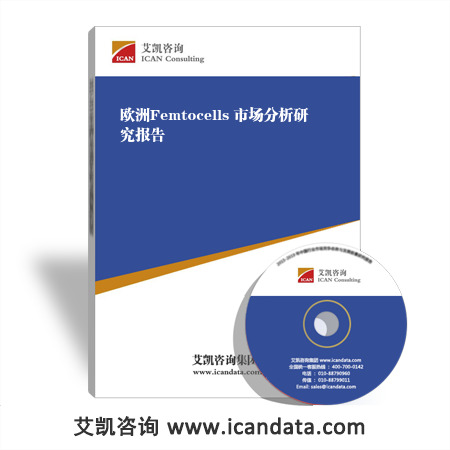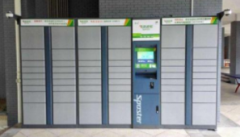数据来源与研究方法:
- 对行业内相关的专家、厂商、渠道商、业务(销售)人员及客户进行访谈,获取最新的一手市场资料;
- 艾凯咨询集团对长期监测采集的数据资料;
- 行业协会、国家统计局、海关总署、国家发改委、工商总局等政府部门和官方机构的数据与资料;
- 行业公开信息;
- 行业企业及上、下游企业的季报、年报和其它公开信息;
- 各类中英文期刊数据库、图书馆、科研院所、高等院校的文献资料;
- 行业资深专家公开发表的观点;
- 对行业的重要数据指标进行连续性对比,反映行业发展趋势;
- 通过专家咨询、小组讨论、桌面研究等方法对核心数据和观点进行反复论证。
报告简介:

摘要
Countries covered: Europe
Research Overview
This Frost & Sullivan research service titled European Femtocells Markets - A Strategic Analysis provides an in-depth analysis of the femtocells market in Europe and strategically evaluates its market potential with existing alternatives in the mobile broadband industry. It highlights some of the key challenges, drivers and restraints currently being faced by the European femtocells market and also provides a detailed analysis of key participants along with market forecasts from 2007 to 2011.
Technologies
The following technologies are covered in this research:
- WCDMA
- Mobile WiMAX
- UMA
- IMS/SIP
Market Overview
Multiple Advantages Boost Adoption of Femtocells
However, it is unclear, from a regulatory point of view, if users can purchase femtocells through retail, or if operators would need to personally install it. Unlike Wi-Fi, these cells operate in the licensed band, and typically, spectrum licensees must approve the use of any equipment using the spectrum. However, some opine that the distribution can be conducted through retailing, directly to the end users, which is no different from today’s handset distribution model.
Cost and Standardisation Issues Pose Threat to Sustained Market Expansion
In addition to regulatory issues, high commercial costs are also emerging as a key challenge to sustained adoption of femtocells. Hence, there is immense pressure on vendors to further reduce the bill of materials (BOM) for femtocells, as carriers are not in a position to subsidise if the overall costs do not effectively reduce to 100 Euro. "Carriers have realised that it would be long before the cost of the femtocell will reach 100 Euros," says the analyst. "They are now considering renting out femtocells to users for a long contract period, rather than allowing them to buy it outright."
Moreover, for the femtocell market to succeed, a standardised interface between the femtocell and the core network needs to be defined so that carriers can choose femtocells from multiple vendors which, in turn, will increase volumes and decrease overall costs. Accordingly, operators must emphasise a multi-vendor supply model in order to reap such benefits.
目录及图表
- 1. European Femtocells Markets - A Strategic Analysis
- 1. Introduction
- 1. Introduction
- 2. Femtocell Network Connectivity
- 3. Femtocells - FMC or FMS ?
- 2. Advantages of Femtocells
- 1. Advantages
- 3. The Femto Forum
- 1. The Femto Forum
- 4. Core Network Integration Options
- 1. Modified RNC
- 2. Concentrator
- 3. UMA
- 4. IMS/SIP
- 5. Key Challenges for Femtocells
- 1. Interference
- 2. High Cost of Femtocells
- 3. Regulatory and Billing Issues
- 4. Handover and Interconnectivity
- 5. Security
- 6. Emergency Calls
- 7. Service Level Agreements and Quality of Service
- 8. Intellectual Property Rights
- 6. Market Forecasts and Analysis
- 1. Market Forecasts
- 7. Operator Strategies and Recommendations
- 1. Strategies and Recommendations
- 8. Analysis of Key Industry Participants
- 1. RadioFrame Networks
- 2. Ericsson
- 3. Sonus Networks
- 4. ip.access
- 5. Tatara Systems
- 6. Ubiquisys
- 7. Thomson Telecom; Airvana and Nokia Siemens Networks
- 8. Alcatel-Lucent
- 9. Conclusion
- 1. Conclusion
- 10. Glossary
- 1. Glossary
欧洲
















